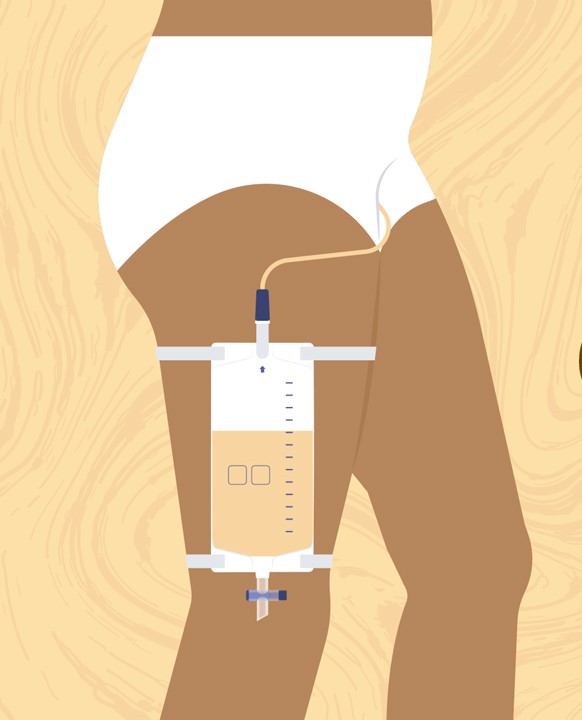The World Health Organisation (WHO) has published the first global guidelines to prevent bloodstream and other infections caused by use of catheter placed in minor blood vessels during medical procedures.
The organisation made this known in a statement on Thursday, adding that “poor practice in the insertion, maintenance and removal of catheter carries high risk of introducing germs directly into the bloodstream.
“This can lead to serious conditions such as sepsis, and difficult-to-treat complications in major organs like the brain and kidneys.”
According to the world body, soft tissue infections at the insertion site of the catheter can also occur.
It added that “up to 70 per cent of all inpatients require the use of catheter, inserted into a peripheral vein or artery, also known as Peripherally Inserted Catheters (PIVCs) at some point during their hospital stay.
“People who receive treatment through catheter are particularly vulnerable to infections, as they might be seriously ill or have low immunity.”
The organisation stated that between 2000–2018, average mortality among patients affected by health care-associated sepsis was 52.3 per cent, an increase from average 24.4 per cent among patients treated in intensive care units.
It said that many bloodstream infections are caused by antibiotic resistant bacterial infections.
It estimated that bacterial antimicrobial resistance (AMR) was directly responsible for at least 1.27 million deaths and contributed to an additional 4.95 million deaths in 2019.
The WHO statement quoted Dr Bruce Aylward, the organisation’s Assistant Director-General for Universal Health Coverage, Life Course, as saying that infections associated with healthcare delivery represent a preventable tragedy and a serious threat to the quality and safety of healthcare.
He said “implementing clean care and infection prevention and control recommendations is critical to saving lives and alleviating a great deal of avoidable suffering, experienced by people around the world.”
According to him, developing and implementing guidance to prevent the spread of such infections has been a key priority for WHO.
Aylward said the new guidelines included 14 good practice statements and 23 recommendations on key areas for health workers, including education and training, as well as techniques of asepsis and hand hygiene practice, insertion, maintenance, access, removal of catheters, and catheter selection.
The assistant director explained that WHO would continue to work with countries to develop and implement best practices to reduce the occurrence of bloodstream infections in hospitals, and to ensure patients received safe and effective care.(NAN)


